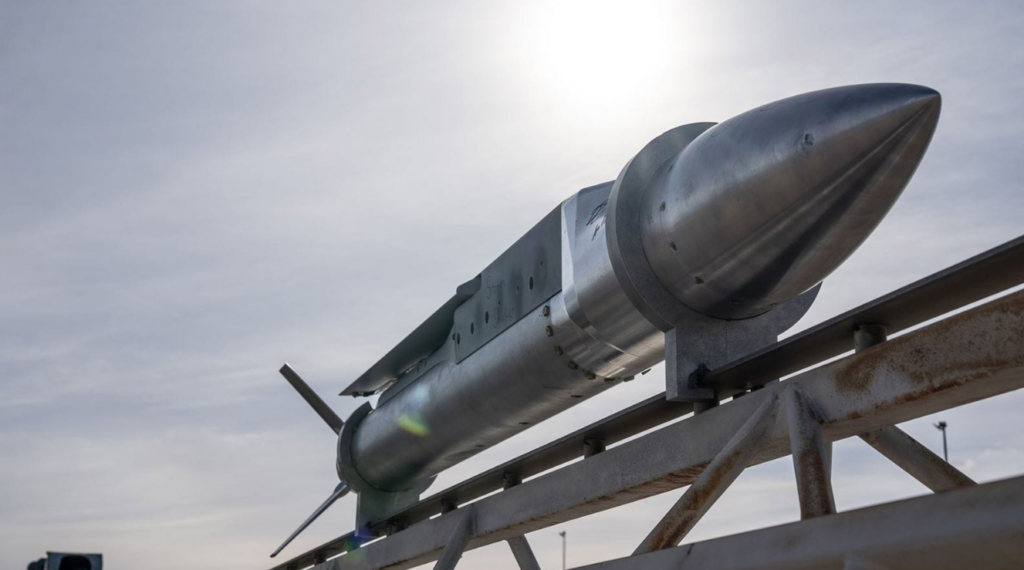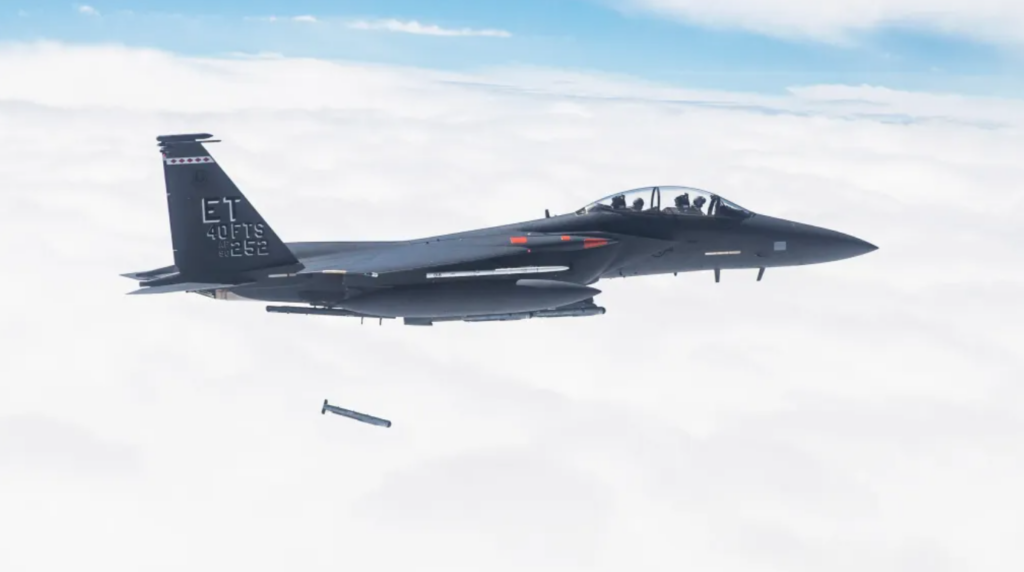Raytheon Successfully Tests Ground-Launched Precision Strike System StormBreaker
Raytheon announced it has successfully tested a ground-launched variant of its StormBreaker smart weapon. The live-fire trial took place in the spring of 2025 at a private range in the Mojave Desert, where a StormBreaker prototype – originally an air-launched small-diameter bomb – was fired from a launcher and climbed to approximately 20,000 feet. Remarkably, Raytheon engineers designed, developed and tested this new launcher in about 50 days. Raytheon’s Air & Space Defense boss Sam Deneke explained that “recent global conflicts have highlighted the need for a smart, ground-launched, precision strike weapon” that can hit targets even when GPS is jammed. This new StormBreaker brings the U.S. Army and allied forces a fighter-jet-grade bomb that can now be shot from land vehicles or improvised racks.

The ground-launched StormBreaker carries the same sophisticated seeker and guidance as its air-launched version. It carries roughly a 200-pound warhead in a 250-pound package, combining GPS/INS navigation with an imaging infrared camera, millimeter-wave radar and semi-active laser seeker to track targets through smoke, fog or bad weather. This network-enabled smart bomb can engage both moving and fixed targets on land or at sea. It is already in service with the F-15E Strike Eagles and Navy F/A-18 Super Hornets (and will soon be on USAF F-35s and even F-16s).
Ground-launched StormBreaker can glide over 40 miles to hit distant targets and its two-way data link allows operators to update target coordinates in flight. Raytheon states that the ground-launched version offers a more extended range and greater flexibility than the air-launched StormBreaker. Land units could employ the same small, precise weapons that pilots operate from jets. This fills a niche for brigade and battalion forces: “It does not replace rockets or heavier missiles, but it could give battalion and brigade echelons a tool for small, fleeting targets under cloud and jamming.” A truck or towed launcher could fire StormBreakers to target and strike fast-moving vehicles or boats without requiring close air support.
This development fits a broader push to expand precision fires. U.S. defense leaders have emphasized closing the current “munitions gap” by equipping troops with more advanced weapons. The successful test demonstrates that Raytheon can quickly convert its airborne glide bomb into a ground-launched precision strike system, potentially enhancing long-range firepower for future conflicts.

